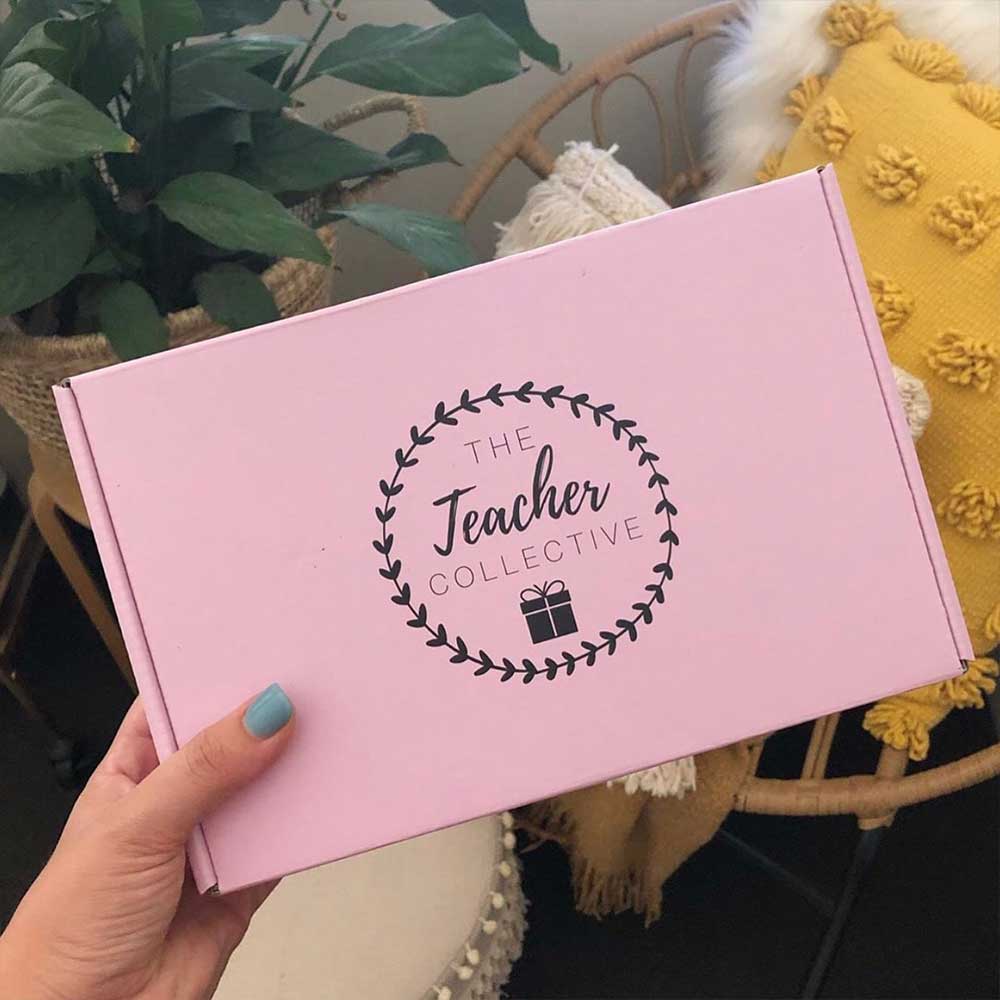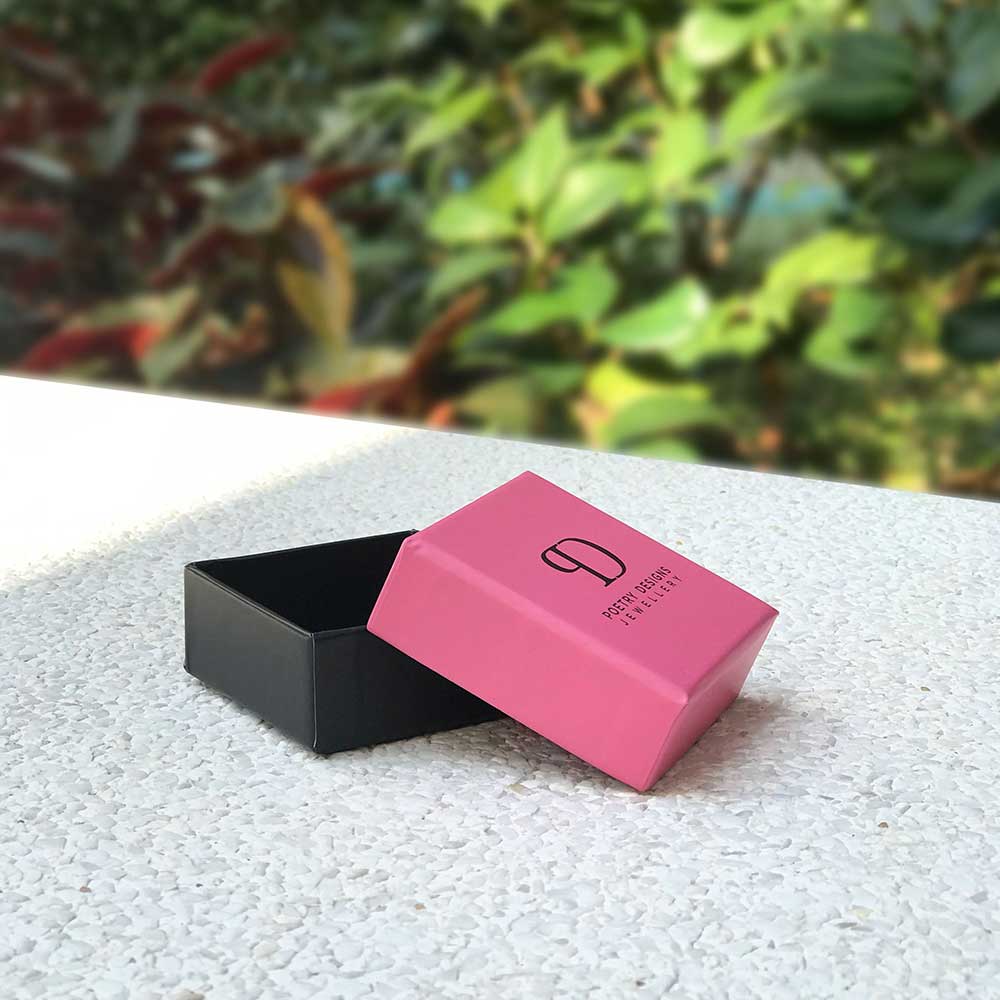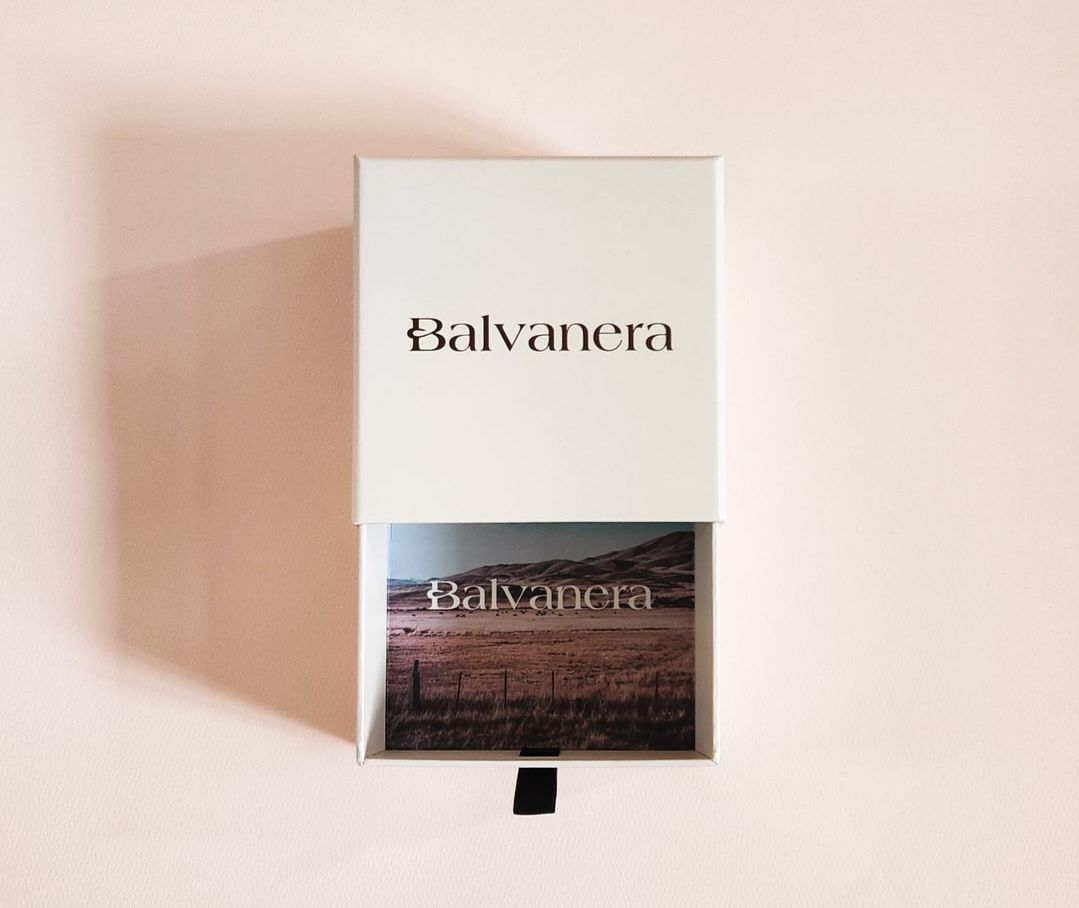Varnish vs Lamination in Packaging
Varnish and lamination are two types of finishes that can be added to your printed materials such as packaging boxes or book covers. These finishes are also known as coating and the main purpose is to protect the ink and print from scratches, dirt, and fingerprints.
Aqueous Varnish
One of the most common varnishes used today is called an aqueous varnish. This is a water-based varnish that is applied to your printed artwork to help seal the ink. Aqueous varnishes are available in a matte or glossy style, which are the most common and economical options in packaging. If you're looking for sustainable finishes, an aqueous varnish is your best bet. Other types of aqueous varnishes include UV varnish and soft touch.
Summary of Varnish
- Less protection
- Cheaper
- More eco-friendly

Lamination
Lamination is the process of applying a clear plastic film (e.g. polypropylene) to your printed artwork to protect it and enhance its appearance. Lamination provides the highest degree of protection for your print (more so than varnish), and greatly minimizes the appearance of small cracks or tears, especially when it comes to thicker materials. The most common lamination styles include matte lamination (smooth) and glossy lamination (shiny). All rigid boxes come with a lamination unless it's a kraft rigid box.
Summary of Lamination
- More protection
- More expensive
- Less eco-friendly

Lamination for Rigid Boxes
When it comes to rigid boxes with a white paper base, we use lamination instead of varnish to ensure the highest quality and durability for your packaging. Lamination provides a protective layer that shields the box from scratches, scuffs, and moisture, which is especially important for maintaining the pristine appearance of these rigid boxes. Unlike varnish, lamination offers superior resistance to tearing and smudging. This makes lamination the ideal choice for premium packaging that needs to withstand handling and transport while maintaining a polished, professional look.
In contrast, rigid boxes with a brown kraft paper base do not require lamination because the natural texture and color of kraft paper are more forgiving. Any minor scratches, tears, or dirt are less noticeable on brown kraft paper, and its sturdier composition makes it more resistant to damage. However, for boxes with a white paper base, where even the smallest imperfection can be easily seen, lamination is essential to preserve the clean, high-end aesthetic.
